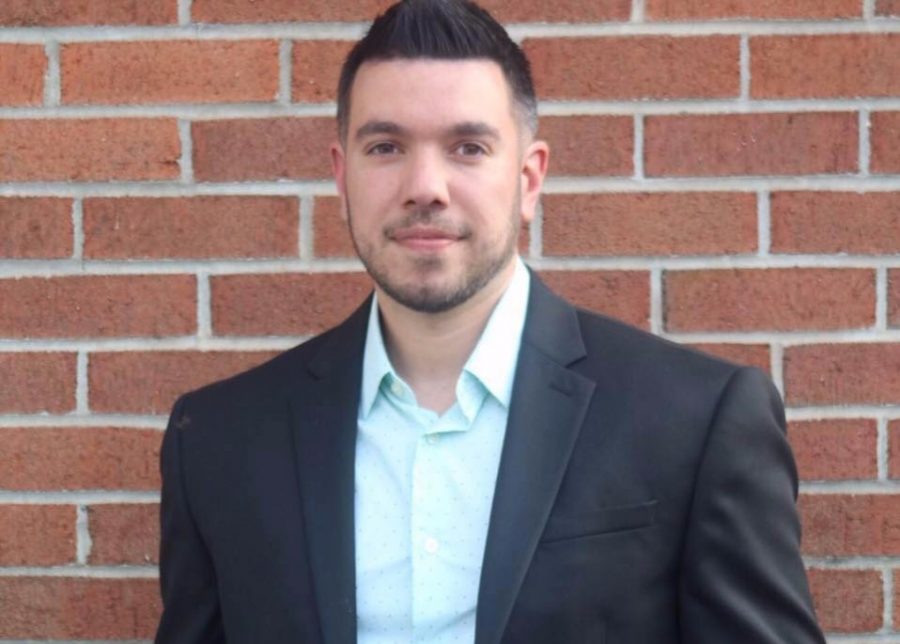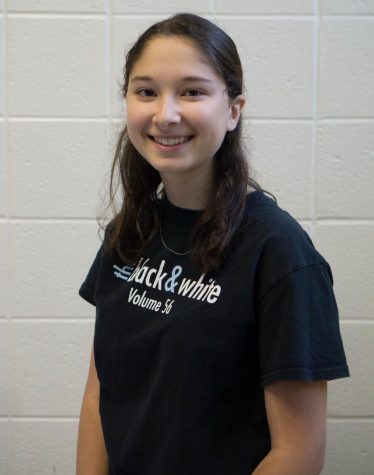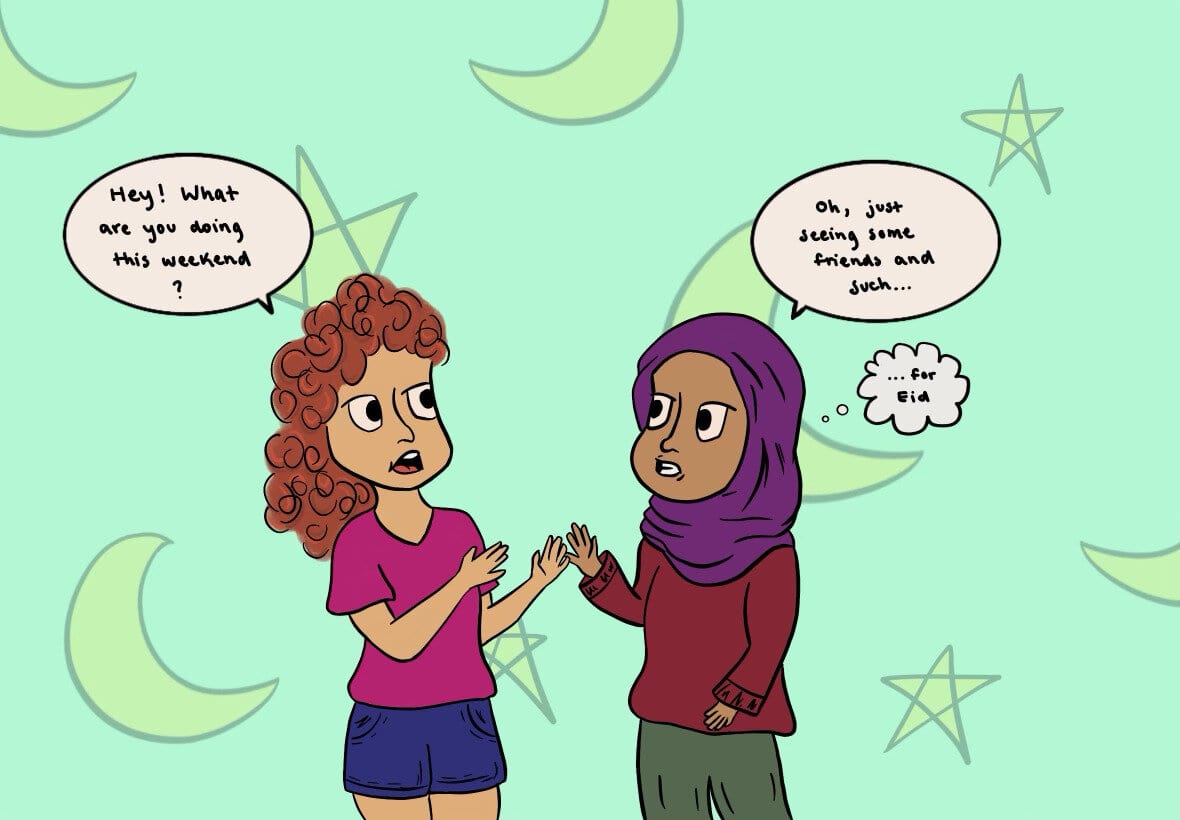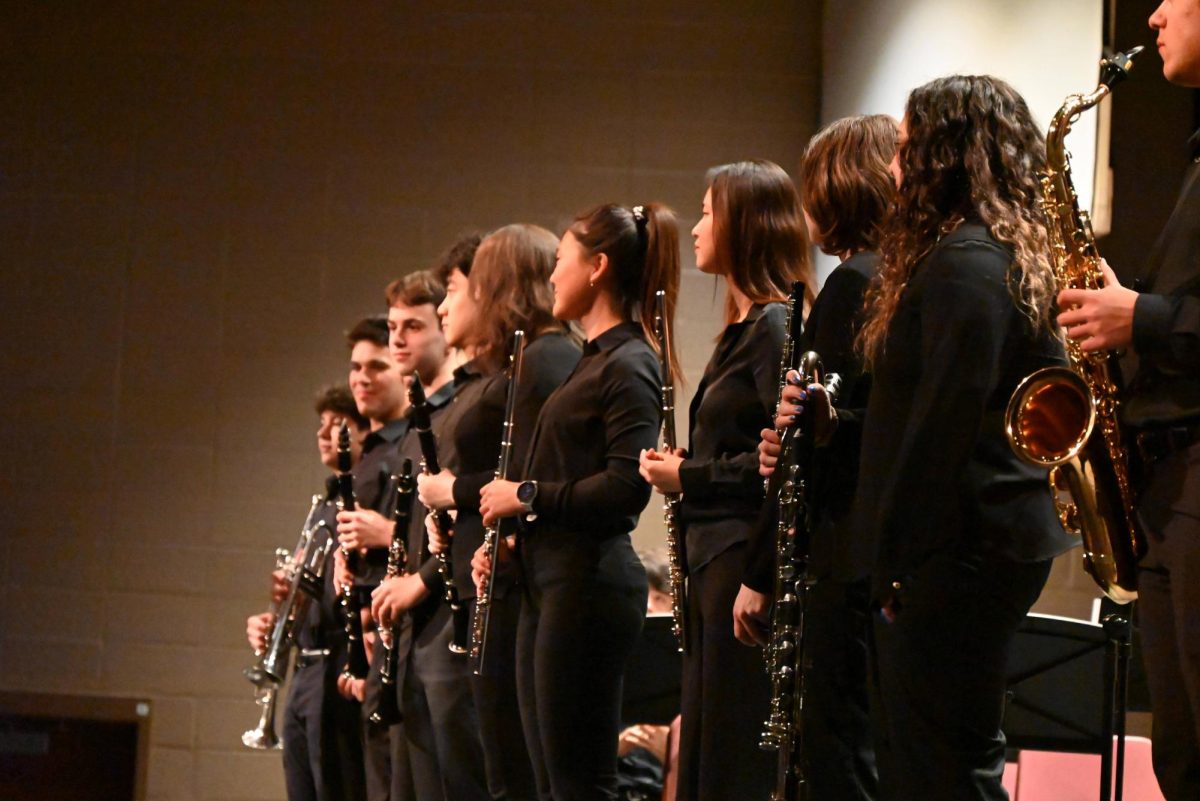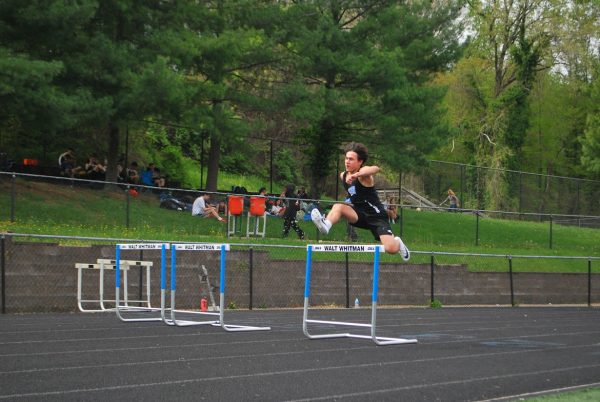Q&A with MoCo Snow creator Alex Tsironis
MoCo Snow Alex Tsironis currently works as a a physical education teacher at the Blair Ewing Center in Rockville. Tsironis created MoCo Snow in 2014 in 2014 to provide Montgomery County residents with winter weather updates and predictions for school delays and closures. Photo courtesy Alex Tsironis.
January 8, 2018
Alex Tsironis, a physical education teacher at the Blair Ewing Center in Rockville, created the popular MoCo Snow website in 2014 to provide Montgomery County residents with winter weather updates and predictions for school delays and closures. Tsironis has amassed thousands of subscribers on his website, over 15,000 followers on Twitter and over 10,000 likes on Facebook. This winter, Tsironis commissioned the MoCo Snow app, which gives users daily delay and closure predictions.
Responses have been edited for length and clarity.
The Black&White: Why did you create MoCo Snow?
Alex Tsironis: I loved snow days when I was growing up as a kid in MCPS. I remember waiting in front of the TV for Montgomery County to scroll by because I remember that was the only way to find out. You would sit in front of the TV, and, of course, it would go to commercial break before Montgomery County appeared. I always wanted to know ahead of time. When I became a teacher, it was the same situation, so I just started following the weather on my own so I can tell people what I think is going to happen and see if it’s right.
B&W: How did MoCo Snow begin?
AT: I started it as a bulletin board in my health classroom seven years ago at a magnet middle school. Those kids ended up going to different high schools, and they still wanted to know my predictions, so they advised me to make a website. It kind of blew up from there.
B&W: How do you formulate your predictions?
AT: I look at weather models themselves and compare it to similar situations in the past. So if we have 25-degree weather, and we’re expected 2 to 4 inches of snow starting at midnight the night before a school night, I’d look at other situations where that’s happened: ‘Oh, in 2009 that happened and it ended up giving us a day off.’ I compare it to that to make a prediction.
B&W: Is there pressure to make early predictions?
AT: A lot of time people want to know ahead of time, but I always have to remind people that just because it looks good now doesn’t mean that it can’t change. Sometimes people are legitimately angry when I make an incorrect prediction, but it’s never been anything serious. But that rarely happens. I think I’ve only been wrong twice in the last three years.



